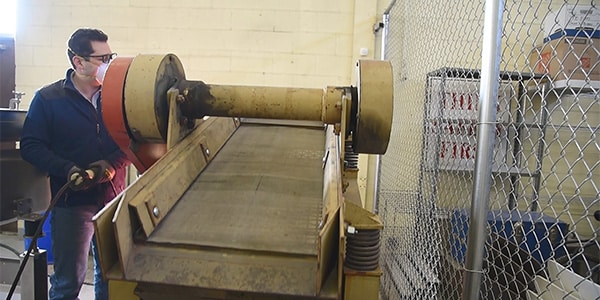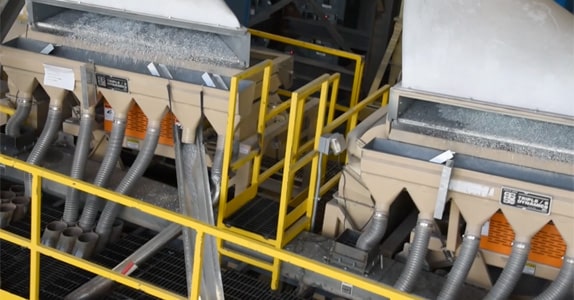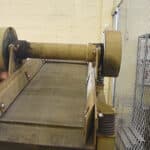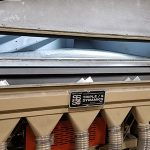Genius In Action – How Gravity Separators Work (Part I)
While most engineers in the dry process industry know what a gravity separator does, precisely describing how it works can be difficult.

While most engineers in the dry process industry know what a gravity separator does, precisely describing how it works can be difficult. The statement “a separator classifies dry, free-flowing, granular mixtures by weight or bulk density or specific gravity” is accurate. But a more precise definition would add the qualification “if all of the particles in the mixture are the same size and shape.” With equal accuracy the statement could be turned upside down “if all of the particles are the same shape and specific gravity, the separator will classify them according to size.”
Unfortunately, all of the particles in any given mixture are never exactly alike in size or shape. One way to more clearly understand the specific gravity theory is to understand the particle’s terminal velocity. (That’s a mouthful!)
The Genius Behind Gravity Separators
You could go back to Galileo dropping two rocks (one heavy and one lighter) from a tower to Newton’s confirmation of the theory of gravity to get to the beginning of a particle’s terminal velocity.
Terminal velocity = √(2 x mass x gravity ÷
(density x frontal area x coefficient drag)
where “frontal area” is the size and “coefficient of drag” is shape and surface texture.
What Galileo had intended to demonstrate was that the attraction of gravity acts equally on all bodies, regardless of size or weight. This being true, they should, neglecting air resistance, accelerate at the same rate and thus travel equal distance in the same time.
Had he employed in his experiment smaller weights, say rock fragments a quarter and a sixteenth of an inch in diameter, he would have found air resistance hard to neglect. It is this resistance in any fluid (whether liquid or gas) to motion of a solid body, which makes gravity separation possible. Gravity alone, with equal intensity on all bodies regardless of size or weight, would be of no use unless there were some other resisting force, sensitive to size and weight, to balance it. And taken further to understand how a gravity separator works, the stratification upon which the separation largely depends, is made according to the terminal velocity, in air, of the particles composing the mixture. Particles with higher terminal velocities are “heavies,” and those with lower values are “lights.”
Part II of this series provides more detail on the operating principle on which gravity separators are based, as well as application guidelines for different types of gravity separators.










